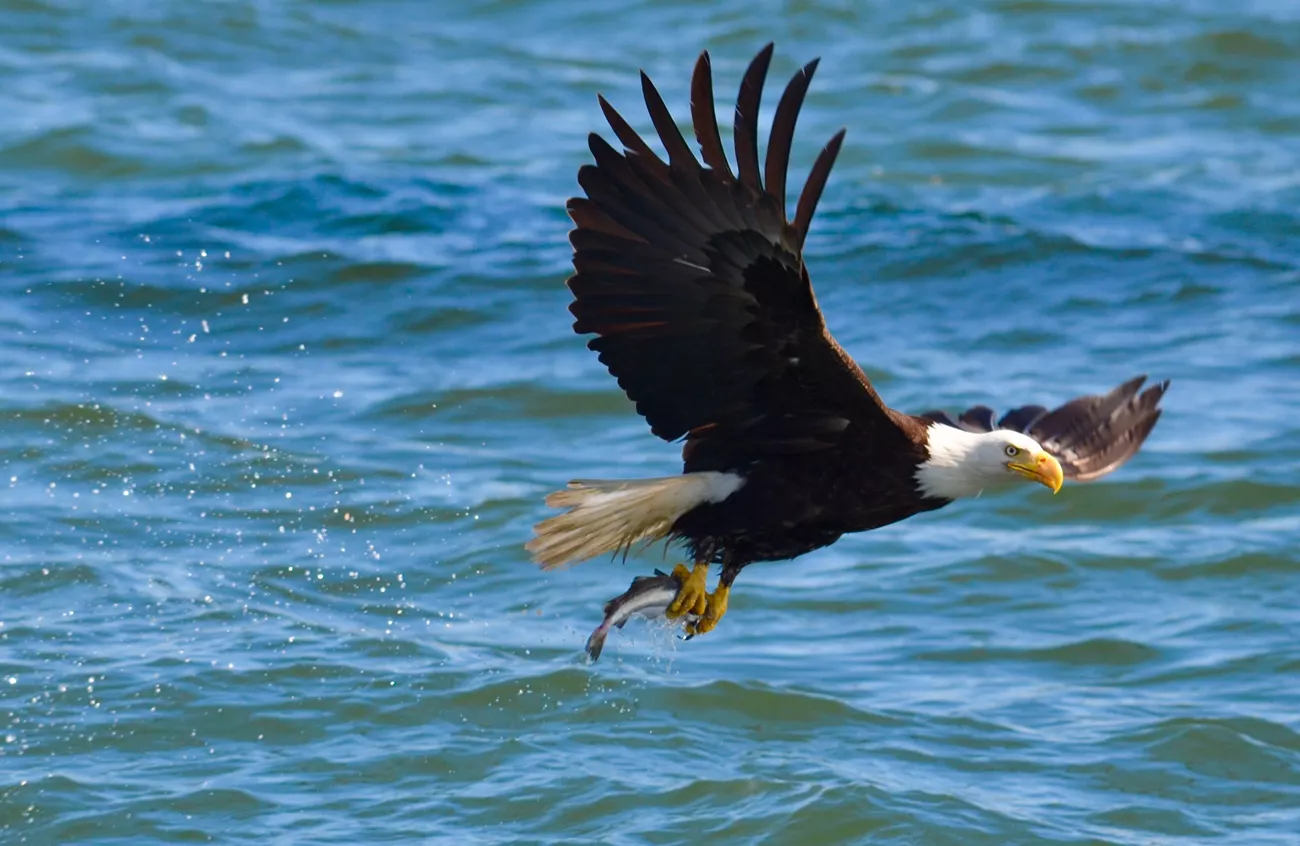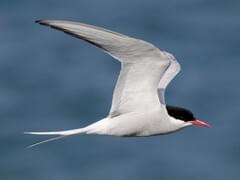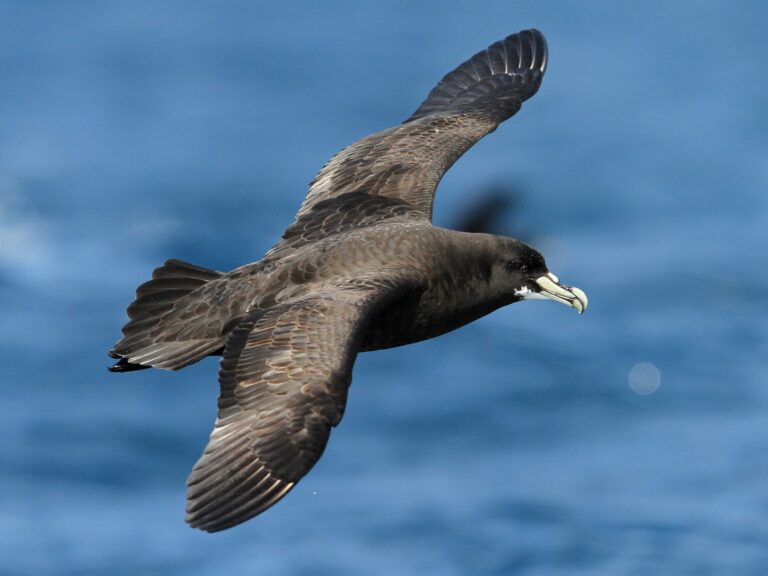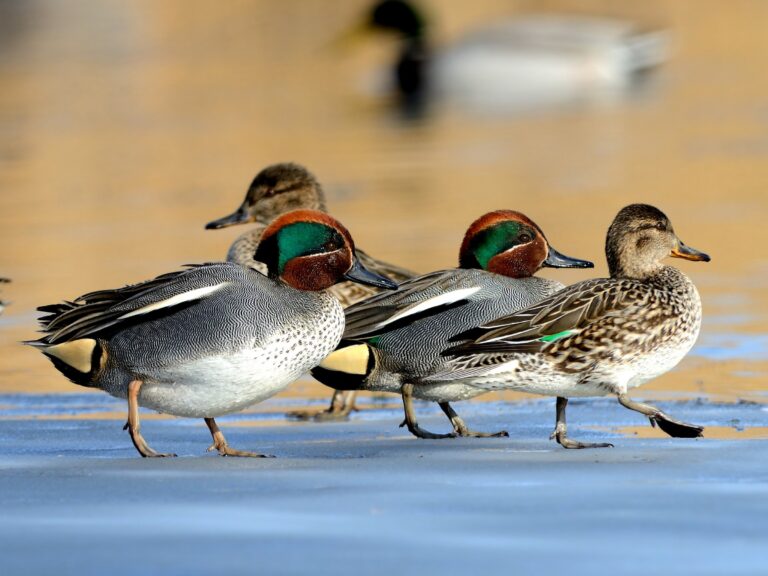10 Fascinating Facts About Raptors That Will Amaze You
Raptors, also known as birds of prey, are among the most impressive creatures in the animal kingdom. These birds possess unique adaptations that make them skilled hunters.
Learning about these fascinating facts reveals their incredible abilities and the important roles they play in ecosystems.
From their sharp talons to their exceptional vision, raptors are designed for survival.
These birds can be found across various habitats around the world, showcasing a diversity that captivates birdwatchers and nature enthusiasts alike.
Understanding these remarkable aspects can deepen appreciation for raptors and their contributions to wildlife.
1) Raptors boast incredible eyesight, significantly sharper than humans.
Raptors have some of the best eyesight in the animal kingdom. Their eyes are specially designed for spotting prey from great distances. Many raptors can see details that humans cannot. Their vision is estimated to be about four to eight times stronger than human eyesight.
This sharp vision allows them to detect movement and spot potential food while soaring high in the sky.Their eye structure also supports bright and clear images. Some species, like the eagle, have a wider field of vision. They can see almost all around them without moving their heads.
Raptors also have the ability to focus on objects very precisely. This ability helps them to track fast-moving prey effectively. Their forward-facing eyes give them excellent depth perception. This is crucial when they dive to catch their food. With three eyelids and special adaptations, raptors can protect their eyes while maintaining their keen sight. This unique vision is one of their greatest advantages as hunters.
2) The peregrine falcon is renowned as the fastest creature on Earth.
The peregrine falcon is famous for its incredible speed. It can reach speeds over 320 kilometers per hour (200 miles per hour) during its hunting dives. This swift descent is known as a stoop.
In the animal kingdom, the peregrine falcon holds the title of the fastest animal.
Its speed allows it to catch prey with impressive efficiency. When hunting, it can spot small animals from great heights.
Different factors contribute to its speed. The falcon’s streamlined body and powerful wings help it cut through the air. This adaptation makes it a skilled predator in various environments.
The peregrine falcon’s speed and hunting skills make it truly remarkable. Observers around the world admire this bird for its unmatched abilities. Its prowess showcases the wonders of nature and evolution.
3) Vultures can detect carrion from four miles away.
Vultures possess an extraordinary sense of smell that sets them apart from many other birds. They can detect the scent of carrion from significant distances, with some evidence suggesting they can smell it from up to four miles away.
Turkey vultures, in particular, have a keen ability to find dead animals. They rely on their sense of smell to locate food, which is essential since they primarily feed on carrion.
This skill helps vultures find meals that other scavengers may miss. Their ability to detect gasses released by decomposing bodies is a critical tool for survival in their environment.
The impressive range of their sense of smell allows them to efficiently locate food while flying high in the sky. This adaptation plays a vital role in their role as nature’s clean-up crew.
4) Red-tailed hawks are widespread, found in every U.S. state.
Red-tailed hawks are among the most common large hawks in North America. They can be spotted in every U.S. state, making them highly familiar to people.
These birds thrive in various habitats, including forests, deserts, and open fields. Their adaptability helps them live in both rural and urban environments.
Many people see red-tailed hawks along highways, where they often hunt for small mammals. Their impressive soaring ability allows them to cover large areas in search of food.
The recognition of red-tailed hawks contributes to their status as a symbol of American wildlife. Their presence enhances the diversity of birdlife in different regions across the country.
5) Harpy eagle females outweigh males, sometimes doubling their weight.
Female Harpy Eagles are significantly larger than their male counterparts. In many cases, females can weigh up to twice as much as males.
This size difference is common among many bird species of prey. The larger size helps females during nesting and raising young.
Harpy Eagle females can weigh around 20 pounds or more, while males typically weigh less than that.
These powerful birds are known for their strong legs and talons. Their size and strength allow them to hunt larger prey effectively.
In the wild, being larger can also provide an advantage in competition for food and territory. This remarkable sexual dimorphism makes the Harpy Eagle a unique species among raptors.
6) Raptors reside on every continent, except for Antarctica.
Raptors are remarkable birds of prey that inhabit diverse environments. They can be found on every continent, showcasing their adaptability. The only exception is Antarctica, where they do not live.
These birds thrive in various habitats, including forests, grasslands, and deserts. Their presence can be seen from North America to Asia and beyond.
Many species, like the peregrine falcon and the snowy owl, have adapted well to different climates. They play a crucial role in the ecosystem by controlling populations of small mammals and other prey.
The wide distribution of raptors highlights their ability to survive and reproduce in many settings. As skilled hunters, they utilize keen eyesight and powerful talons to catch food in their environments.
7) The saw-whet owl is North America’s tiniest owl species.
The Northern Saw-whet Owl is recognized as the smallest owl in North America. It typically weighs about as much as a robin, making it quite lightweight.
This tiny owl measures around 6 to 7 inches in length. Its small size is often accompanied by a catlike face and large, bright yellow eyes, which add to its unique appearance.
Saw-whet Owls are primarily found in dense, coniferous forests. They are known for their distinctive “saw-whet” call, which sounds like someone sharpening a saw.
Despite their small stature, these owls are skilled hunters. They primarily feed on small mammals, birds, and insects, showcasing their adaptability in various environments.
8) A male sharp-shinned hawk consumes the head of its prey before sharing with its family.
Male sharp-shinned hawks have a unique behavior when it comes to feeding their families. Before delivering a meal, the male often removes and consumes the head of the prey.
This practice serves multiple purposes. By eating the head, the hawk can obtain nutrients and ensure that the prey is safe for its mate and young ones.
After consuming the head, the male returns the rest of the meal to the nest. This feeding behavior highlights the male’s role in providing for the family.
The sharp-shinned hawk primarily hunts smaller birds, making this practice effective. By preparing the prey this way, the male contributes to the health of its family while exhibiting an interesting aspect of raptor behavior.
9) Hawks’ barred brown tails are distinctive among juveniles.
Juvenile hawks are known for their unique tail features. Unlike adult hawks, they have tails that are mostly brown and exhibit distinct bar patterns.
These barred brown tails help to differentiate juveniles from adults. Adult hawks typically showcase striking brick-red tails, which develop only after their first year.
The coloration change signals maturity in these birds. As they grow older, hawks will lose the brown bands and gain the red feathers typical of their species.
This visual cue is important for identification. Observers can easily spot juvenile hawks in the wild and recognize them as they mature into their adult plumage.
The tail’s design serves a purpose in the hawk’s life. It can aid in camouflage and help them blend into their surroundings while they learn to hunt and survive.
10) Raptors are hypercarnivorous, preying on other vertebrates.
Raptors, also known as birds of prey, are hypercarnivorous. This means they primarily consume meat from other animals.
Most raptors hunt and feed on small vertebrates, such as rodents, birds, and reptiles.
Some larger raptors, like eagles and hawks, can target larger prey, while others will scavenge. They have sharp talons and beaks designed for catching and consuming their food.
Adaptations like keen eyesight help them spot prey from great distances. Many raptors also possess excellent flight skills, allowing them to dive quickly and catch meals efficiently. Their hunting strategies vary, depending on the species and available food sources.
This predatory behavior is crucial for maintaining ecological balance. Through their hunting, raptors help control populations of other animals. Such interactions are essential for healthy ecosystems, showing the important role these birds play in nature.
Understanding Raptors
Raptors are skilled hunters recognized by their unique features and behaviors. They are a diverse group of birds with distinct characteristics and an interesting evolutionary history.
Characteristics of Raptors
Raptors, or birds of prey, have several key features that make them effective predators. They possess strong, curved beaks designed for tearing flesh.
Their sharp talons, which can grip and hold prey tightly, are another crucial adaptation.
Many raptors also have keen eyesight, allowing them to spot small movements from great distances. This ability is vital for hunting.
For instance, a bald eagle can see up to three times farther than a human.
Some common examples of raptors include hawks, owls, and falcons. They play an important role in the ecosystem by controlling populations of rodents and other small animals.
Without these birds, certain prey species could overpopulate, leading to ecological imbalance.
Raptor Evolution
The evolution of raptors is a fascinating journey through time. Raptors are believed to have originated from theropod dinosaurs, which were also the ancestors of modern birds. This connection explains many of their predatory features.
Over millions of years, raptors adapted to various environments. They have evolved specialized hunting techniques that suit their habitats, from the open plains to dense forests.
For example, owls have developed silent flight, allowing them to hunt stealthily at night.
Research suggests that raptors may have also developed social behaviors and communication skills.
Some species can recognize individual humans and other birds. This intelligence sets them apart from many other bird species.
Raptor Habitats
Raptors thrive in a wide variety of habitats across the globe. Their adaptability is key to their survival, allowing them to live in different environments.
This section explores the global distribution of raptors and their unique adaptations.
Global Distribution
Raptors are found on every continent except Antarctica. They inhabit diverse environments including forests, grasslands, deserts, and wetlands.
Some common raptor species and their preferred habitats include:
- Bald Eagle: Often found near large bodies of water across North America.
- Red-tailed Hawk: Inhabits open fields and woodlands in North America.
- Barn Owl: Prefers open country and farmlands, where it can hunt for small mammals.
This wide range indicates their resilience and ability to thrive in various conditions.
Adaptations to Different Environments
Raptors have evolved several adaptations that enable them to succeed in different habitats.
Keen Vision: Raptors possess excellent eyesight. This allows them to spot prey from great distances, whether flying over open fields or soaring high above forests.
Talons and Beaks: Their powerful talons and sharp beaks are essential for catching and consuming prey. Different raptors have specialized tools suited to their primary food sources.
Camouflage: Many raptors have plumage that blends in with their surroundings, helping them to hunt stealthily.
For example, the Eastern Screech Owl can remain hidden in tree bark.
These adaptations make raptors some of the most effective predators in nature.
Frequently Asked Questions
Raptors are fascinating creatures with distinct features and behaviors. Understanding their adaptations, diets, and roles in ecosystems provides insight into their survival and importance in nature.
What distinguishes raptors from other birds?
Raptors, or birds of prey, have specific traits that set them apart. They possess sharp talons for catching and killing prey and a beak designed for tearing flesh. Additionally, their exceptional eyesight allows them to spot prey from great distances.
How do raptors adapt to their environment?
Raptors have various adaptations that help them thrive in different habitats.
Their keen eyesight aids in hunting, while their flight abilities enable them to cover large territories.
Some raptors, like vultures, have specialized ways to locate food, such as spotting carrion from great heights.
What are the main characteristics of raptor diets?
Raptors primarily eat meat, which they catch in the wild. Their diets often consist of small mammals, birds, and even fish, depending on the species and environment.
For instance, peregrine falcons are known for diving at high speeds to catch other birds in mid-air.
How have raptors evolved over time?
Raptors have undergone significant evolutionary changes that enhance their hunting skills.
Over millions of years, these birds have developed specialized adaptations, such as improved vision and flight mechanics.
This evolution has allowed them to become efficient predators in various ecosystems.
Can you list three unique behaviors of raptors?
Raptors exhibit fascinating behaviors that showcase their hunting skills and social structures.
For example, some species perform elaborate courtship displays to attract mates.
Others, like red-tailed hawks, use specific calls to communicate with one another while hunting or defending their territory.
In what ways do raptors play an important role in their ecosystems?
Raptors are vital for maintaining balance in their ecosystems. They help control the populations of small mammals and other prey species, which prevents overpopulation.
By keeping these animal populations in check, raptors contribute to the health of their environments, promoting biodiversity and ecosystem stability.







